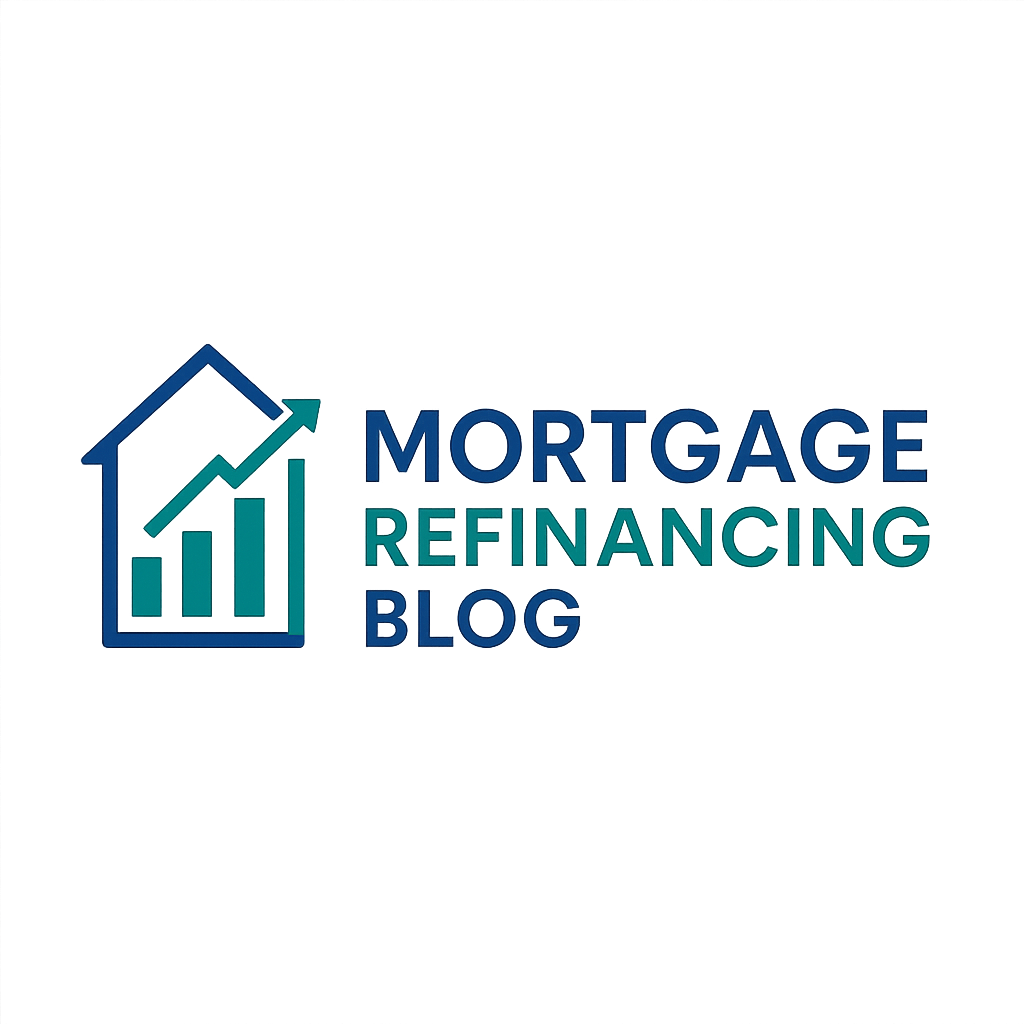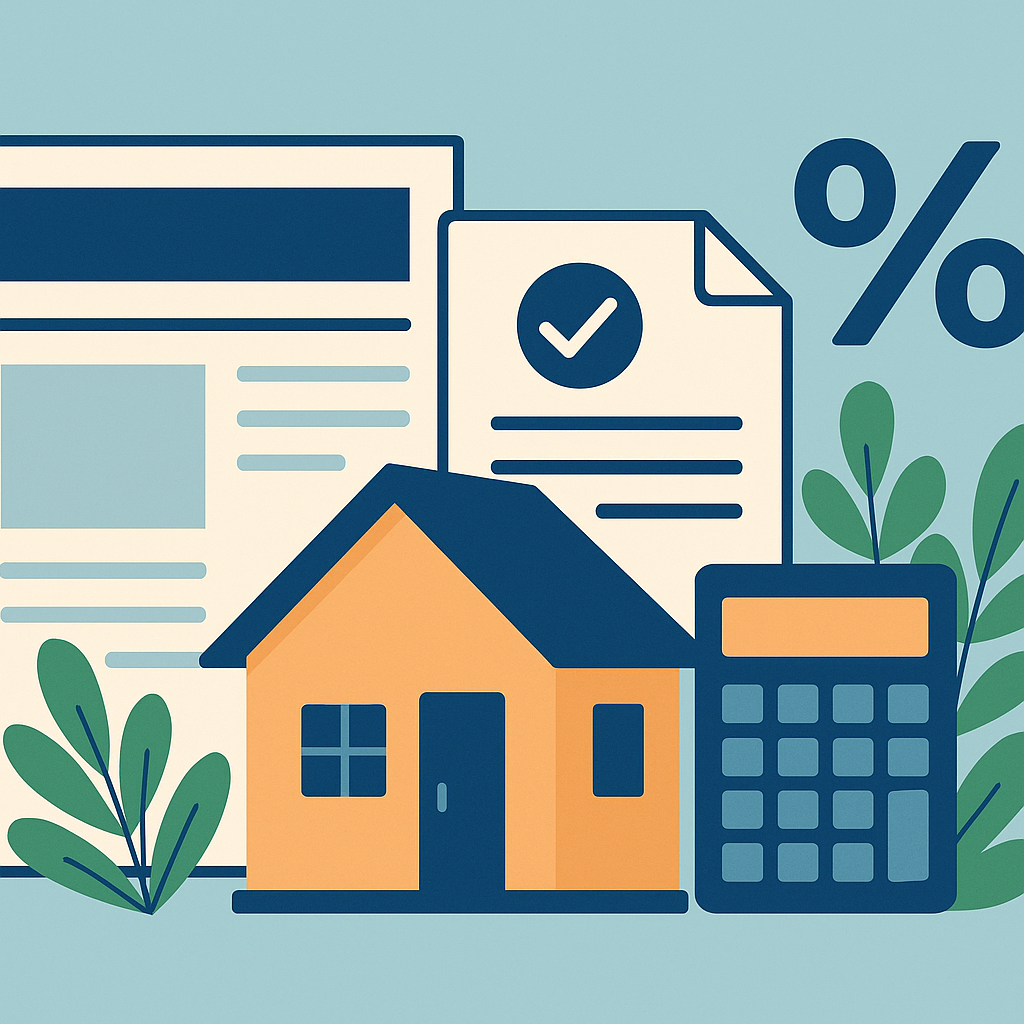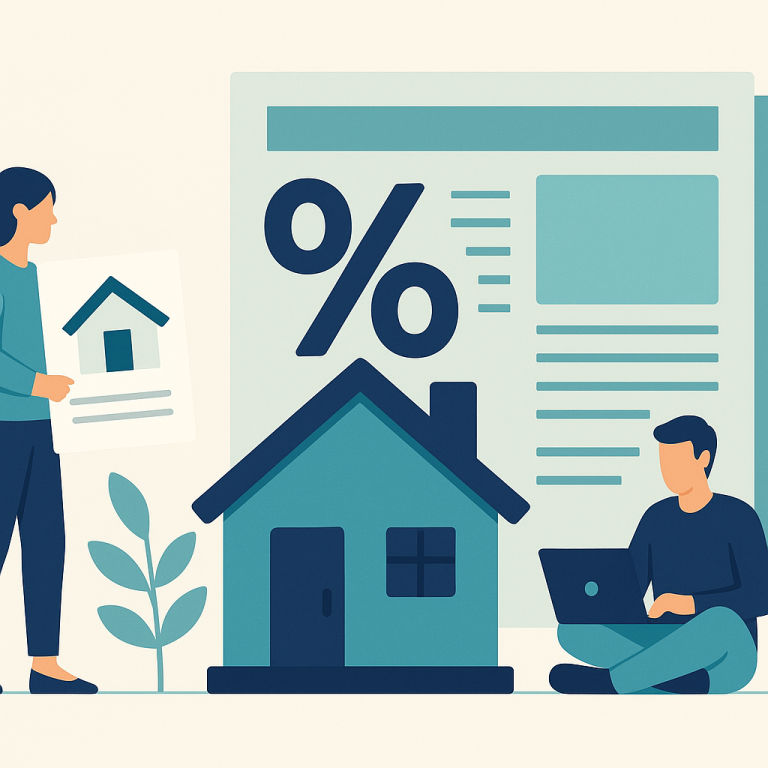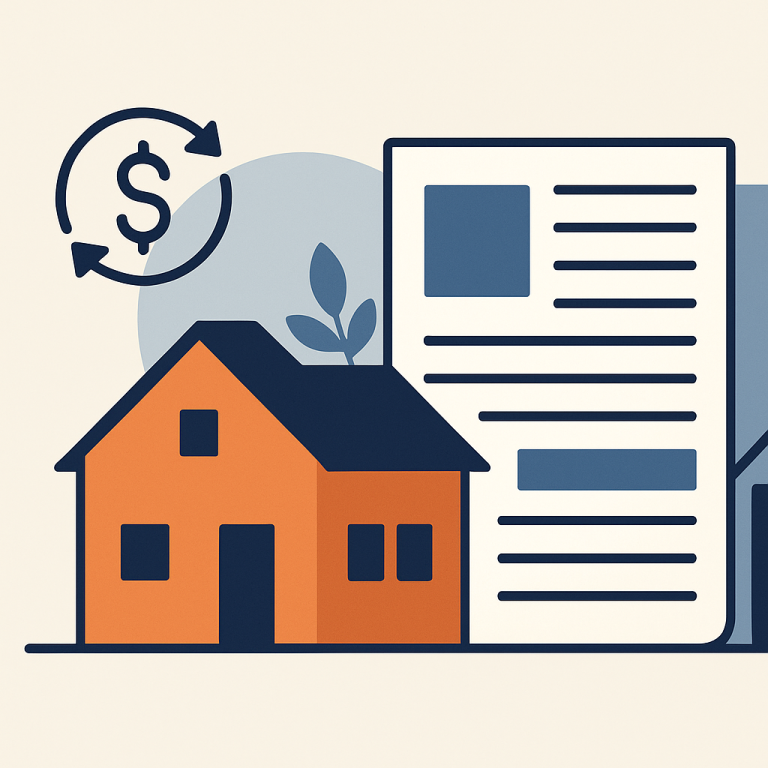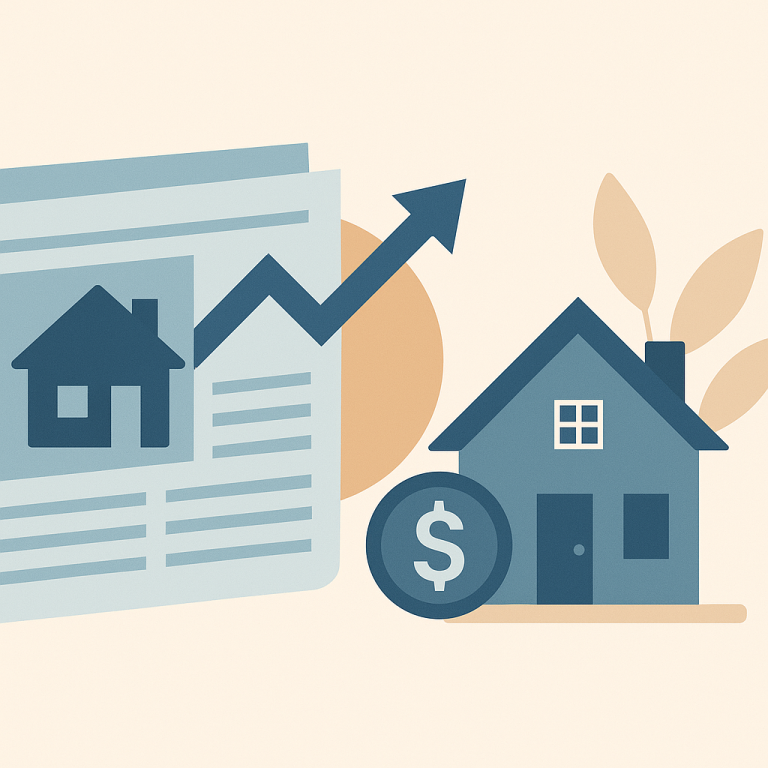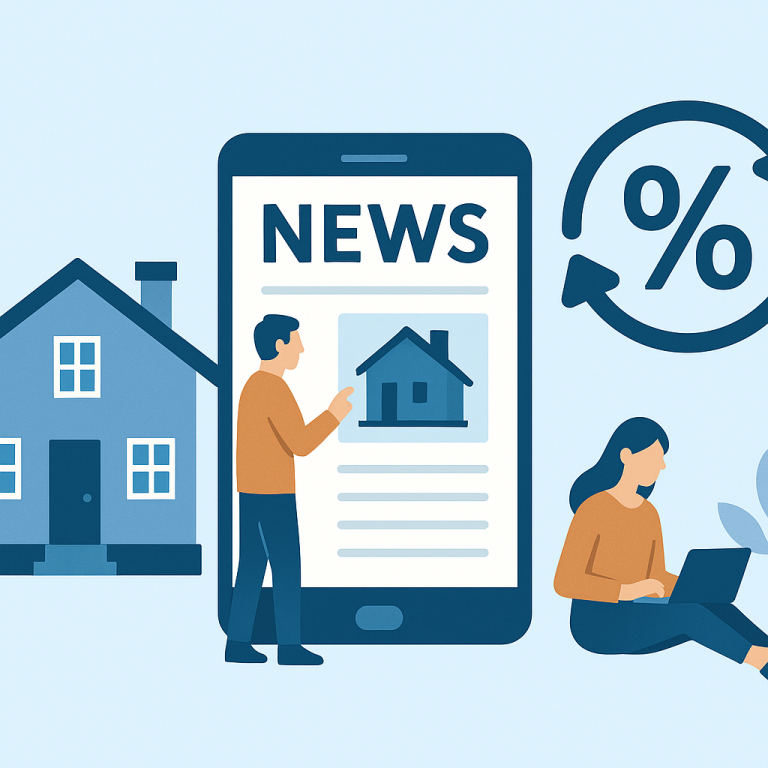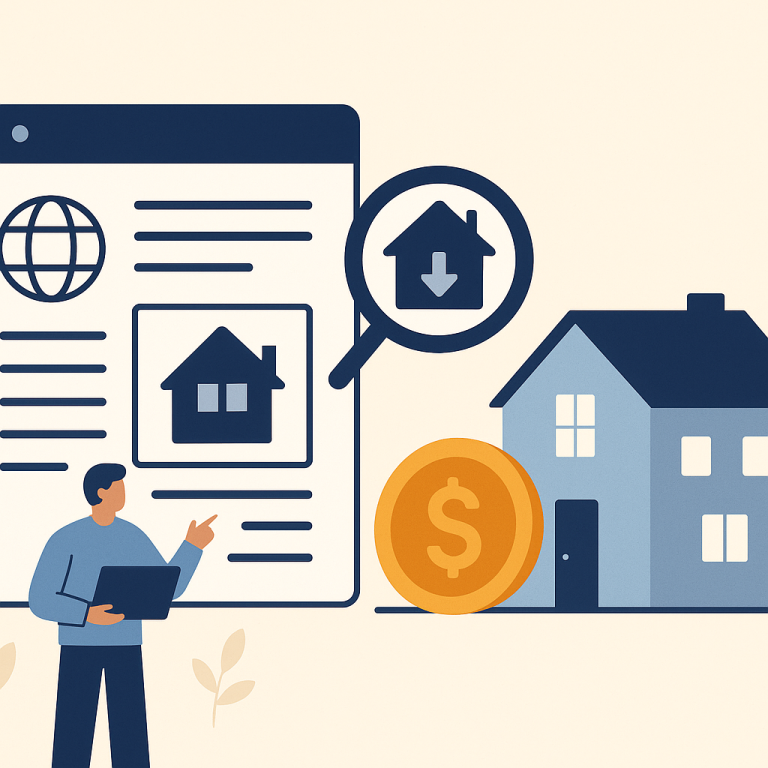Fannie Mae Tightens Refinance Underwriting, Raising Debt-To-Income Thresholds
At a glance: This change and how it could affect refinancing decisions.
What This Means for Borrowers
Recent easing in market mortgage rates has prompted renewed interest in refinancing among homeowners. While lower rates can create potential savings, the decision to refinance should be based on a comparison of costs, timeline and personal financial goals rather than the headline rate alone.
Key factors to weigh before refinancing
Refinancing replaces your current mortgage with a new loan that may offer a lower interest rate, a different term length or access to home equity. The most relevant considerations are the upfront and ongoing costs, the time you plan to remain in the home, and how the new loan aligns with broader financial priorities.
- Upfront closing costs: Refinances typically involve appraisal, application, title and other fees. These costs reduce the near-term value of any rate savings and should be included in break-even calculations.
- Break-even horizon: Calculate how long it will take for monthly savings to cover closing costs. If you expect to move or pay off the mortgage before reaching that point, refinancing may be less attractive.
- Loan term changes: Moving to a shorter term can increase monthly payments while lowering overall interest paid; extending the term can reduce payments but may raise long-term interest costs.
- Equity and loan-to-value (LTV): Sufficient home equity improves access to competitive refinance options and may affect whether you need mortgage insurance.
- Credit profile: Lenders price loans based on credit history. Improving your credit before applying can lead to better offers.
Strategies to consider
Homeowners have several common refinance strategies depending on objectives:
- Rate-and-term refinance: Replace the existing loan to lower the interest rate or change the term without increasing the loan balance.
- Cash-out refinance: Convert part of home equity into cash; useful for consolidating higher-cost debt or funding large expenses, but it increases the mortgage balance.
- Shortening the term: Refinance to a shorter term to accelerate principal paydown and reduce total interest, accepting higher monthly payments.
- Streamline or no-closing-cost options: Some lenders offer alternatives that roll fees into the loan or offset them with a slightly higher rate; these reduce upfront cash needs but may cost more over time.
Practical steps for homeowners
Approach refinancing as a financial trade-off that deserves quantification. Start by getting a clear estimate of closing costs and multiple loan quotes, then run the math on monthly payment changes and the break-even point. Use an amortization or refinance calculator to compare scenarios side-by-side.
Also discuss non-rate items with lenders: whether the new loan requires mortgage insurance, the servicing transfer process, and any prepayment penalties on your current mortgage. Ask how long rate locks last and whether there are provisions for float-downs if rates fall further before closing.
Homeowner takeaways
- Lower rates can create meaningful savings, but only after accounting for closing costs and your expected time in the home.
- Decide whether your priority is lower monthly payments, shorter repayment horizon, or accessing equity—each leads to different recommended strategies.
- Get multiple quotes, verify total costs (not just the interest rate), and use break-even and amortization calculations to compare offers.
- Improve your credit profile and understand lender requirements to secure the best pricing available to you.
Refinancing can be a useful tool when aligned with a clear financial goal and a careful analysis of costs and timing. Homeowners who weigh these factors objectively are more likely to make a decision that delivers net benefit over their intended ownership horizon.
META: mortgage-refinance, homeowner-takeaways, rate-easing
